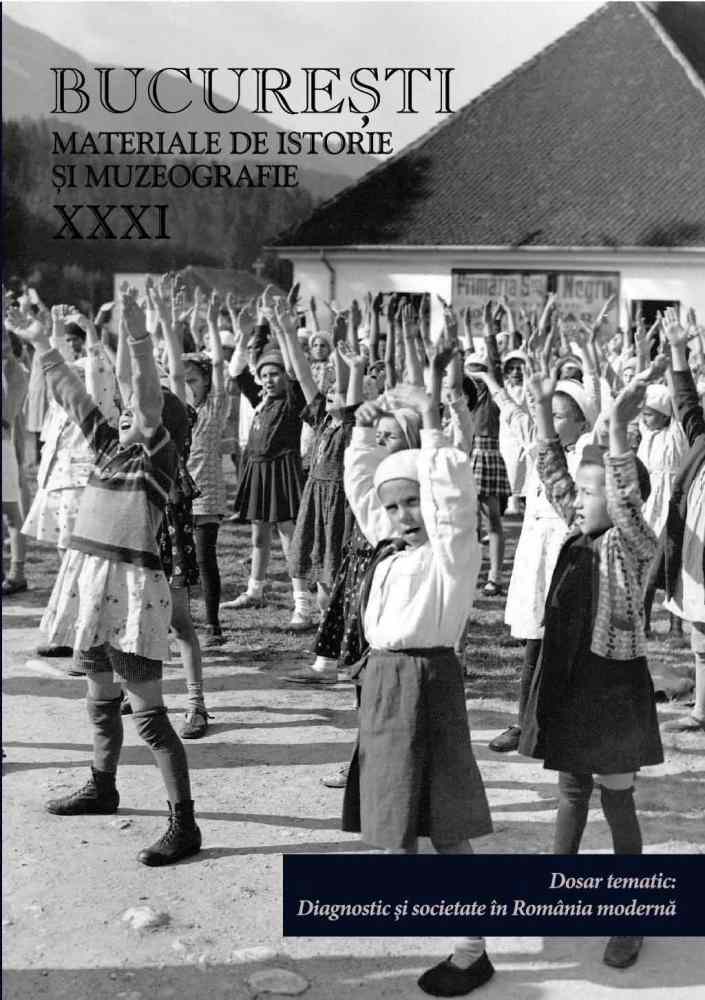
Petre Tomescu (1890-1977) şi psihiatria bucureşteană până în 1945
| Autori |
|
| Secţiunea |
|
| Limba de redactare | română |
| Excerpt | Petre Tomescu was born on November 4, 1890, in Vălenii de Munte, in the county of Ploiesti, Romania. After he received his MD from the Faculty of Medicine of the University of Bucharest and completed his internship, Tomescu became Lecturer in Alexandru Obregia’s Department of Neurology and Psychiatry at his Alma Mater. In 1929, after Karl Beringer noted that harmine may have a place in the treatment of Parkinsonism and in 1930, Tomescu reported improvement in muscle rigidity in three catatonic patients with harmine that was reversed after discontinuation of the substance. In 1934, Tomescu succeeded Alexandru Obregia as Professor of Neurology and Psychiatry at the University; in 1940, he was appointed Dean of the Faculty of Medicine and in 1941, he moved to the Ministry of Health in the government lead by Gen. Ion Antonescu. He was arrested by the Communist Regime in 1945, and sentenced to 15 years of forced labor. He was imprisoned at Jilava and Aiud, two of the most severe imprisonments camps for political detainees in Romania. Petre Tomescu died in 1977. He was 87 years old. |
| Paginaţia | |< << 54-67 >> >| |
| Descarcă fişierul | |
| Titlul volumului de apariție | |
| Editura | Publicat de: Muzeul Municipiului Bucureşti |
| Loc publicare | Bucureşti |




